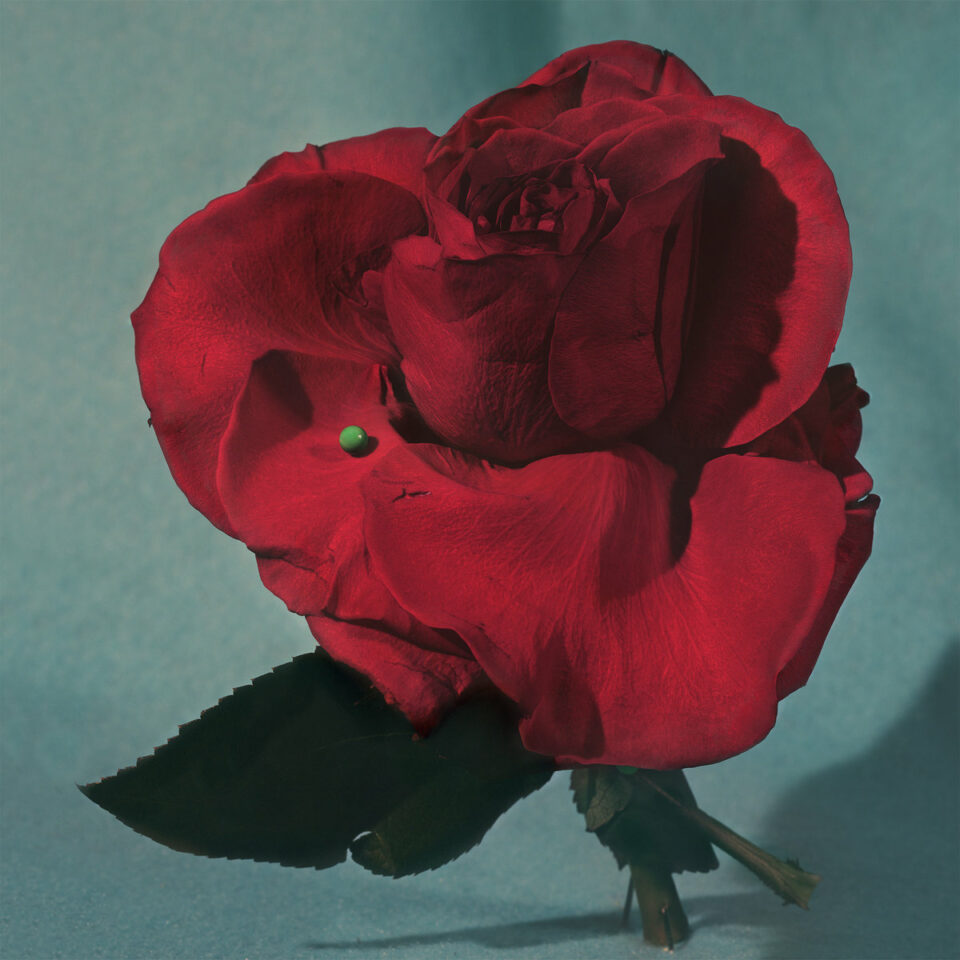Welcome to Rearview Mirror, a monthly movie column in which I re-view and then re-review a movie I have already seen under the new (and improved?) critical lens of 2020. I’m so happy you’re here.
I first watched Miranda July’s 2005 ensemble dramedy Me and You and Everyone We Know around 2012, during the previously-mentioned-in-this-recurring-column indie marathon that included Greenberg. I was interested in July as a person; she seemed to cross mediums with ease and garner both artistic cred and critical acclaim wherever she went. Then my aunt, who knows about such things, described July as a person who makes artsy films for people who don’t like actual art films, and told me to watch High Art instead, so I did (it’s good). So while I haven’t followed July’s career too closely, I’m aware that she’s still making cool, slightly confusing projects, like her book about pennysaver ads (it’s good), and whatever that project was she did with Margaret Qualley over Instagram.
But back to the movie: like Greenberg, I gulped it down whole hog, without insight or analysis, checking it off the list of things I needed to see before I allowed myself certain opinions. Eight years later, all I remembered was that John Hawkes played a shoe salesman, and there was a little girl with a hope chest full of items she called her “dowry,” and that it was maybe sort of sad. Having rewatched it recently, I can confirm I was correct on all three accounts.
Me and You and Everyone We Know has no particular protagonist, but the first character we meet is Christine (July), an artist whose day job is to escort the elderly around Los Angeles. Christine’s work involves tacking pictures of people looking away from the camera onto her wall, pointing a camcorder at the picture, and recording imagined dialogue for the photo subjects. In another part of town, department store shoe salesman Richard (Hawkes) is getting a divorce, moving out of the house he shares with his wife and their two sons and into an apartment complex; to entertain the boys, he lights his hand on fire.
Later, we see the boys entering dots and commas and dashes into a computer document to create the image of a bengal tiger. We’re all just making art with the materials available to us! Christine and Richard meet-cute when he sells her a pair of flats. Christine says her ankles are too low, that she’ll always have a little bit of foot pain because of her low ankles, but Richard tells her, “People think foot pain is a fact of life, but life is actually better than that,” giving her hope, maybe, for a better future. It’s at once sweet, casually insightful, glaringly obvious (are there people who don’t know about insoles?) and a little bit sneaky; he’s using her pain to make a sale.
The rest of the movie is all variations on this theme, vignette-ish peeks into lonely lives, meditations on mortality and connection and disconnection, metaphors everywhere, so many metaphors I won’t even bother to point any of them out. It struck me as the indie version of American Beauty, released six years prior. Both feature camcorder-based art, and teen girls using sex with older men to punctuate their suburban ennui, and scores that…OK, I can’t really describe the scores because I just don’t have a strong musical vocabulary, but the scores sound alike somehow. The dialogue is full of declarative sentences and tiny epiphanies, reminding me of a stage play, in a good way. The performances are tender and natural.
“Maybe I’m a prude, or maybe these vignettes were meant to shock, but they’re presented like upside down love stories, and they just made me uncomfortable, even as I appreciated how perfectly the teen girl best friendship experiences is rendered.”
My favorite of the intersecting storylines is about the curator of the art museum Christine is trying to get her work into. The curator, Nancy Herrington (Tracy Wright), and her unnamed assistant (Amy French) click around the museum in matching black pantsuits, discussing works in the most unemotional terms, considering artists based on whether they are “local” or “of color” or whatever other quota they need to fill. They can’t tell the difference between a carefully reconstructed rendering of a burger wrapper and an actual burger wrapper, which is the point, and Nancy is a secret softy underneath it all, drinking her coffee from a mug with a rainbow cat on it, so desperate for connection she gets catfished online by Richard’s sons. (For a New York scene corollary, check out Lena Dunham’s pre-Girls art world web series, Delusional Downtown Divas).
Some of the other stories simply didn’t age as well—or perhaps too well, becoming frightening when they might have been, at first, merely interesting. Underage girls pursuing sex with a grown man who has written them explicit notes, a woman kissing a strange child on the lips, that child being, for much of the movie, totally unsupervised. Maybe I’m a prude, or maybe these vignettes were meant to shock, but they’re presented like upside down love stories, and they just made me uncomfortable, even as I appreciated how perfectly the teen girl best friendship experiences is rendered.
I’m not sure how profound the sum of the parts is. I’m not sure I’d recommend it to a friend looking to watch a great movie about the meaning of life or anything else. But part of the fun of this column is that lots of other people have already watched these movies, not just the critics and diehards that usually dominate the conversation in the week following a premiere. In fact, because I couldn’t find Me and You available for rent online, I watched it on YouTube, and when it was over, I read the comments. All positive, almost all personal. People have been touched by this movie, and moved by it. There’s a lot of accidental collaborative art-making in Me and You, and so in that spirit, I include the comments section in the overall review: jury says good!
As for the dowry girl, the one I remembered most clearly from that first watch, she comes off even better now. Her whole thing is collecting housewares that she can eventually give to her future husband and daughter; like Christine, she’s a compiler of images, fixating on an imagined perfect future life. Talking to a saleslady in the kitchenware section of the department, she asks about a handheld food processor (I think, I don’t know food stuff), wanting to know if it will still be state-of-the-art in twenty years. Because even if everything is computerized in twenty years, she reasons, soup will still be a liquid. Smart girl, if odd.
Well. It’s been fifteen years. And I can confirm that soup is still very much a liquid, and the hand towels and other items in the hope chest can still be found in a classic middle class home. Well done, dowry girl, and well done, Miranda July. FL









